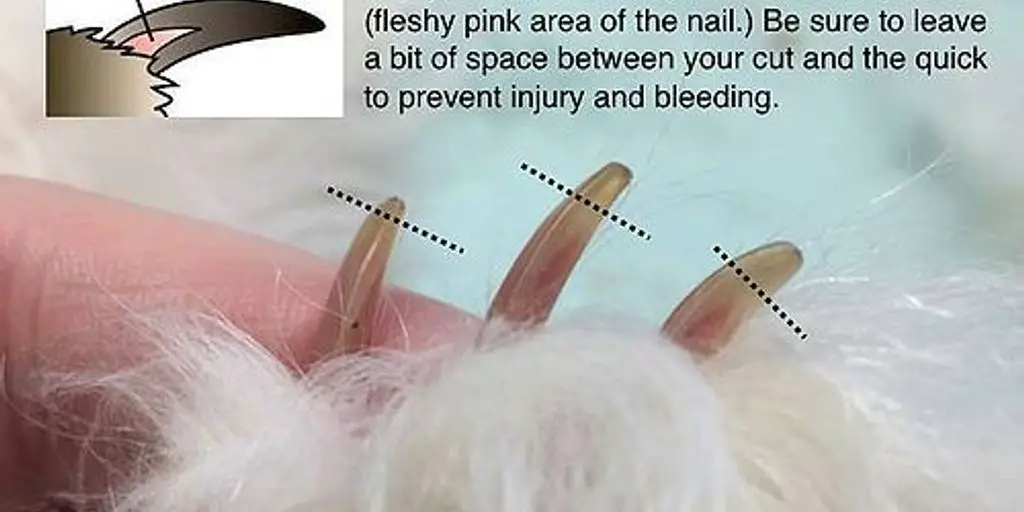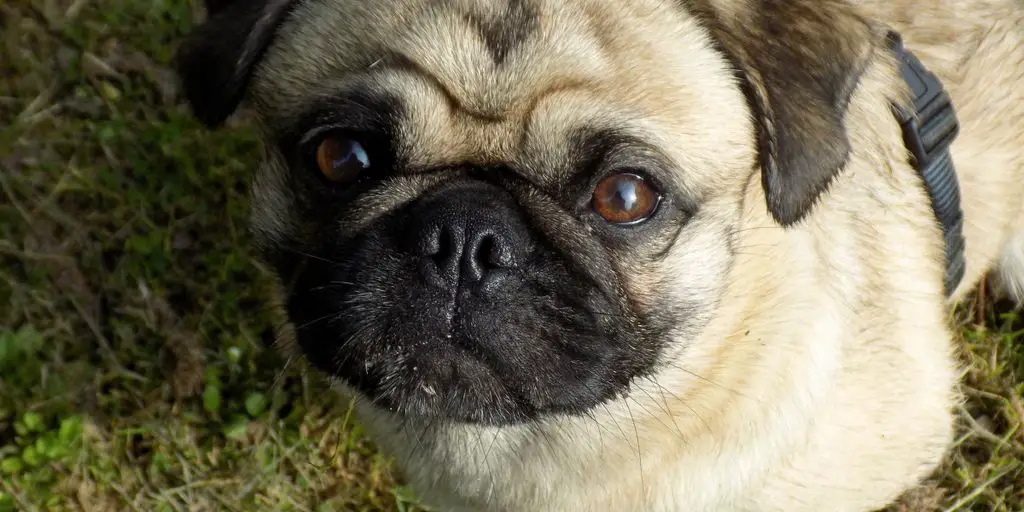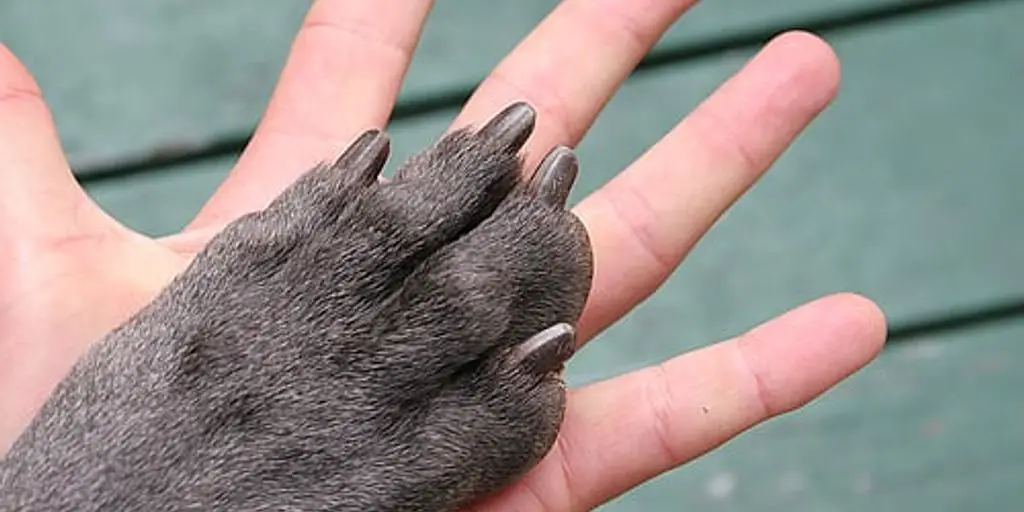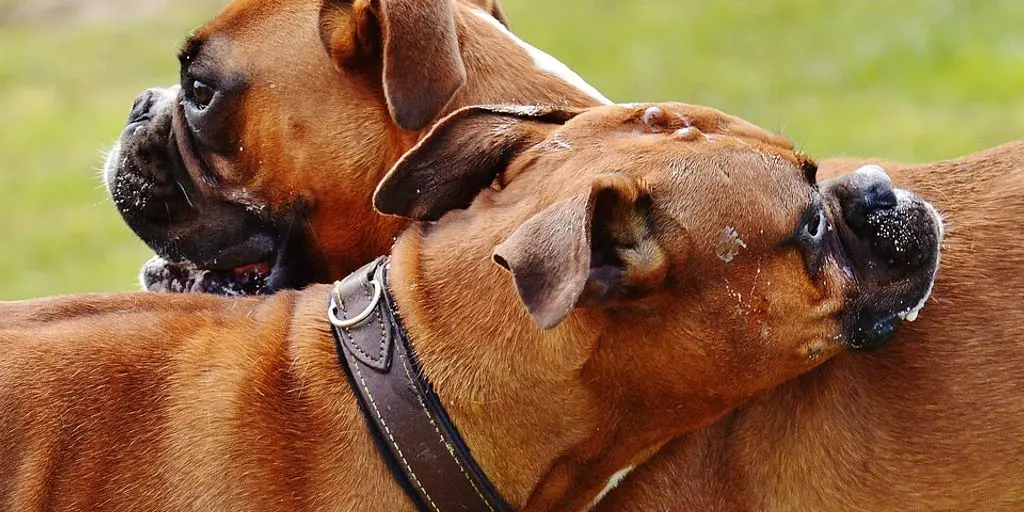Trimming your dog’s toenails can be a daunting task for many pet owners, but it doesn’t have to be. With the right tools, techniques, and a calm approach, you can make the process stress-free for both you and your furry friend. This article will guide you through everything you need to know about trimming your dog’s nails, from choosing the right tools to recognizing when it’s time for a trim.
Key Takeaways
- Choosing the right tools, such as nail clippers, a nail file, or a Dremel tool, is essential for a successful nail trimming session.
- Desensitizing your dog and creating a calm environment can make the nail trimming process much easier and less stressful.
- Proper trimming techniques and preparation are crucial to avoid injuries and ensure a smooth experience.
- Regularly inspecting your dog’s nails and knowing the signs that it’s time for a trim can help maintain their nail health.
- Understanding and addressing your dog’s anxiety or nervousness about nail trimming can lead to a more positive experience for both of you.
Choosing the Right Tools for the Job

When it comes to trimming your dog’s toenails, having the right tools can make all the difference. Using the proper equipment ensures a smoother, safer, and more efficient process for both you and your furry friend. Let’s dive into the essential tools you’ll need to get the job done right.
Getting Your Dog Comfortable
Desensitizing Your Dog
Start by getting your dog used to having their paws handled. When your dog is relaxed, gently touch their shoulder and work your way down to their paw. Use a soothing voice to keep them calm as you gently rub their paws. Then focus on the toes, giving each one a soft squeeze. Next, apply gentle pressure to the nail itself. If your dog becomes scared or pulls back their paw, stop for a bit and continue only when they are calm again.
Creating a Calm Environment
A calm environment is crucial for a stress-free nail trimming session. Choose a quiet room where your dog feels safe. Turn off any loud appliances and consider playing some soft, calming music. Make sure you have all your tools ready and within reach so you can focus entirely on your dog.
Using Treats and Positive Reinforcement
Pairing basic exercises with delicious dog treats can make the process less threatening. Show your dog the nail trimmer and immediately follow up with a high-value treat. This helps your dog start to make a positive association with the tool. Remember, this is important, as your dog will need this type of care for their lifetime, and making it stress- and fear-free is crucial.
A dose of empathy can help you understand that nail care can be scary for some dogs and that your dog isn’t being willful or stubborn when they react to the process.
Step-by-Step Guide to Trimming
Preparing Your Dog’s Paws
Before you even think about trimming, make sure your dog’s paws are clean and dry. Gently handle each paw to get your dog used to the sensation. This is a great time to check for any debris or injuries. Desensitizing your dog to paw handling can make the trimming process much smoother.
Proper Trimming Technique
When you’re ready to trim, hold your dog’s paw gently but firmly. Use a sharp clipper and trim just the tip of the nail. It’s better to trim a little at a time to avoid cutting into the quick, which can cause pain and bleeding. If you’re unsure, it’s always safer to trim less.
Handling Mistakes
Mistakes happen, and that’s okay. If you accidentally cut the quick, don’t panic. Apply some styptic powder to stop the bleeding. Always have a first aid kit handy just in case. After trimming, reward your dog with treats and praise to create a positive association with the process.
Trimming your dog’s nails doesn’t have to be a stressful experience. With the right preparation and technique, you can make it a quick and painless task for both you and your furry friend.
When to Trim Your Dog’s Nails
Knowing when to trim your dog’s nails is crucial for their comfort and health. Overgrown nails can cause pain and even lead to more serious issues like infections or difficulty walking. Here’s how to determine the right time for a trim and how often you should be doing it.
Dealing with a Nervous Dog
Trimming your dog’s nails can be a daunting task, especially if your pet is incredibly anxious about nail trims. But don’t worry, you’re not alone. Many dogs experience fear and anxiety during this process, but with the right approach, you can make it a stress-free experience for both of you.
Safety Tips for Nail Trimming

Avoiding the Quick
One of the most important things to remember when trimming your dog’s nails is to avoid cutting the quick. The quick is the sensitive part of the nail that contains blood vessels and nerves. Cutting it can cause pain and bleeding. Keep clipper blades almost parallel to the nail and never cut across the finger. If you’re unsure where the quick is, trim a small amount at a time and look for a chalky ring around the sensitive area.
First Aid for Accidents
Accidents happen, and if you accidentally cut the quick, don’t panic. Use corn starch to staunch the bleeding. It’s easiest if you use a small container with tightly packed powder. Keep a first aid kit handy with items like styptic powder, gauze, and antiseptic wipes. This will help you manage any minor injuries quickly and effectively.
Safe Handling Practices
Proper handling of your dog’s paws is crucial for a stress-free nail trimming session. Use your fingers to separate the toes for clipping and hold the paw gently. Avoid squeezing the toes, as this can cause discomfort. Regular grooming with dog clippers is crucial for pet health, so make sure to use tools that are sharp and appropriate for your dog’s size. For example, use small size clippers for better control, and only giant breed dogs will need large ones.
Alternative Nail Care Options

Using a Nail Grinder
If traditional clippers make you or your dog nervous, a nail grinder might be a great alternative. These tools use a rotating emery board to file down the nails gradually. This method is often less stressful for dogs because it avoids the sudden pressure of clippers. Plus, it can be easier to avoid the quick, reducing the risk of bleeding. Just make sure to introduce the grinder slowly and use treats to make the experience positive.
Professional Grooming Services
Sometimes, it’s best to leave it to the pros. Professional groomers are skilled in handling dogs of all temperaments and sizes. They have the right tools and techniques to trim your dog’s nails safely and efficiently. If your dog is particularly anxious or if you’re not confident in your trimming skills, a professional groomer can be a lifesaver.
Natural Wear and Tear
Believe it or not, your dog’s nails can be kept in check naturally. Regular walks on hard surfaces like concrete can help wear down the nails. This is a fear-free nail care option that doesn’t require any tools. However, it’s not a complete solution, and you should still check your dog’s nails regularly to ensure they aren’t getting too long.
Finding the right method for your dog’s nail care can make a world of difference in their comfort and your peace of mind. Whether you opt for a grinder, professional services, or natural wear, the key is consistency and regular checks.
Maintaining Your Dog’s Nail Health
Keeping your dog’s nails in good shape is essential for their overall well-being. Here are some tips to help you maintain your dog’s nail health effectively.
Common Myths About Dog Nail Trimming
Myth: Only Professionals Should Trim Nails
Many dog owners believe that only professionals should handle nail trims. While it’s true that a professional groomer or vet can do a great job, you can absolutely learn to trim your dog’s nails yourself. With the right tools and a bit of practice, you can make nail trimming a stress-free experience for both you and your pup.
Myth: Nail Trimming is Painful
Another common myth is that nail trimming is inherently painful for dogs. If done correctly, trimming your dog’s nails shouldn’t cause any pain. The key is to avoid cutting into the quick, which is the sensitive part of the nail. Start by trimming just a small portion of the nail tip to prevent any discomfort.
Myth: You Can’t Trim Black Nails
Many people are intimidated by the idea of trimming black nails because it’s harder to see the quick. However, with a bit of patience and the right technique, you can safely trim black nails too. Shine a penlight on the nail to help you see the quick and trim conservatively. Remember, it’s better to trim too little than too much.
Nail trims are feared by many dogs and owners. Not only do a lot of pups fight against being restrained, but if the owners accidentally cut off too much, their dogs may experience pain and bleeding. However, with the right approach, you can make nail trimming a positive experience for your dog.
Conclusion
Trimming your dog’s toenails doesn’t have to be a stressful ordeal for either of you. With the right tools, a bit of patience, and some positive reinforcement, you can turn nail trimming into a bonding experience rather than a dreaded chore. Remember to take it slow, keep your dog calm, and always reward them for their cooperation. Before you know it, you’ll both be pros at this! Happy trimming!
Frequently Asked Questions
How often should I trim my dog’s nails?
It depends on your dog’s activity level and how quickly their nails grow. Generally, trimming every 3-4 weeks is a good rule of thumb.
What are the signs that my dog’s nails need trimming?
If you hear clicking sounds when your dog walks on hard surfaces or if their nails are getting snagged on carpets, it’s time for a trim.
Can I use human nail clippers on my dog?
It’s best to use clippers specifically designed for dogs. Human nail clippers may not be strong enough and can cause the nail to split.
What should I do if I accidentally cut the quick?
If you cut the quick, apply styptic powder to stop the bleeding. If you don’t have styptic powder, cornstarch or flour can also help.
How can I make my dog more comfortable with nail trimming?
Desensitize your dog by touching their paws regularly and using treats and positive reinforcement during the trimming process.
Is it better to use a nail clipper or a nail grinder?
It depends on your dog’s preference and your comfort level. Nail grinders can be less likely to cause splitting but may take longer.
Can I trim my dog’s nails if they are black?
Yes, you can trim black nails. Be cautious and trim small amounts at a time to avoid cutting the quick, which is harder to see in black nails.
When should I seek professional help for nail trimming?
If your dog is extremely anxious or uncooperative, or if you are uncomfortable doing it yourself, seek help from a professional groomer or veterinarian.


